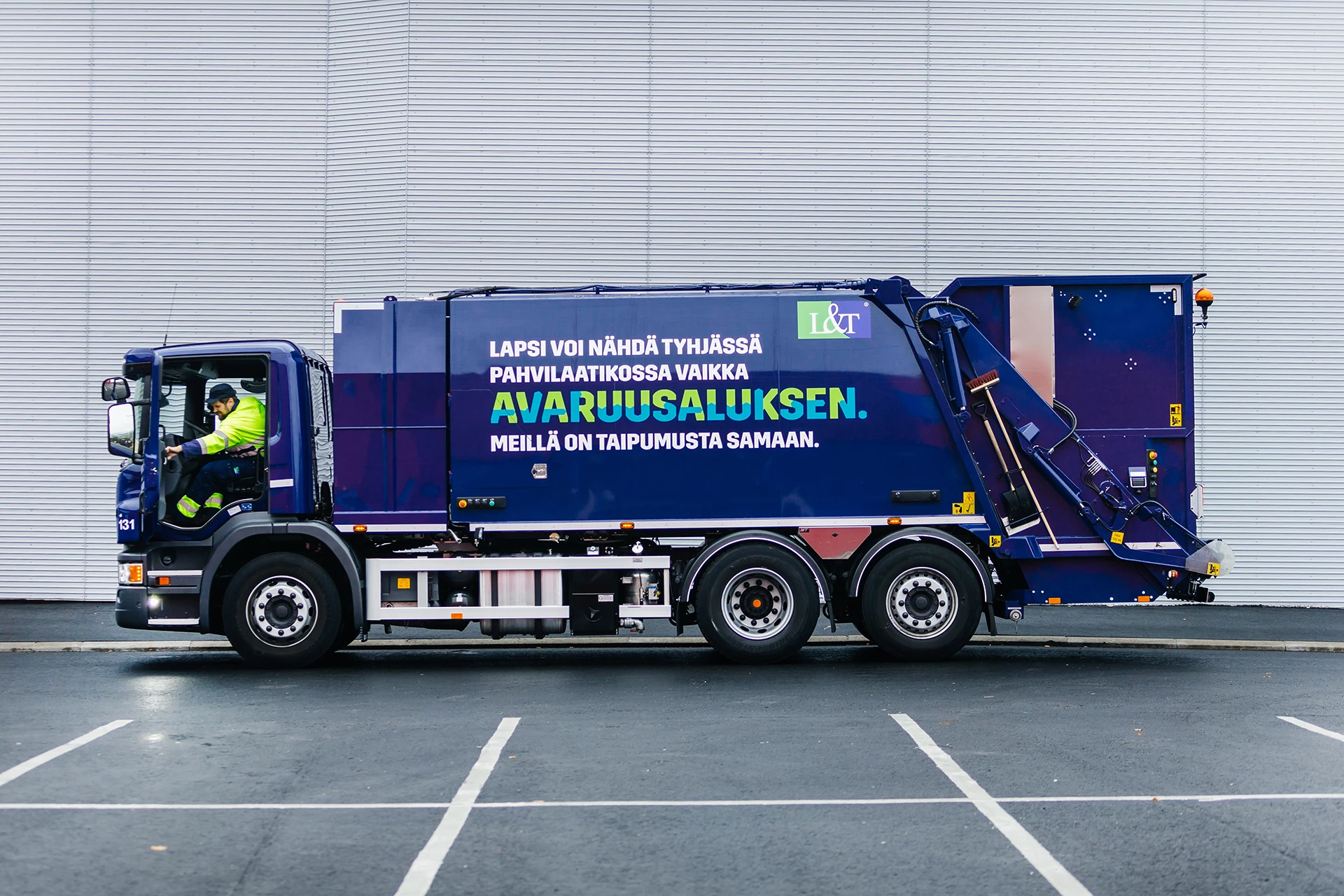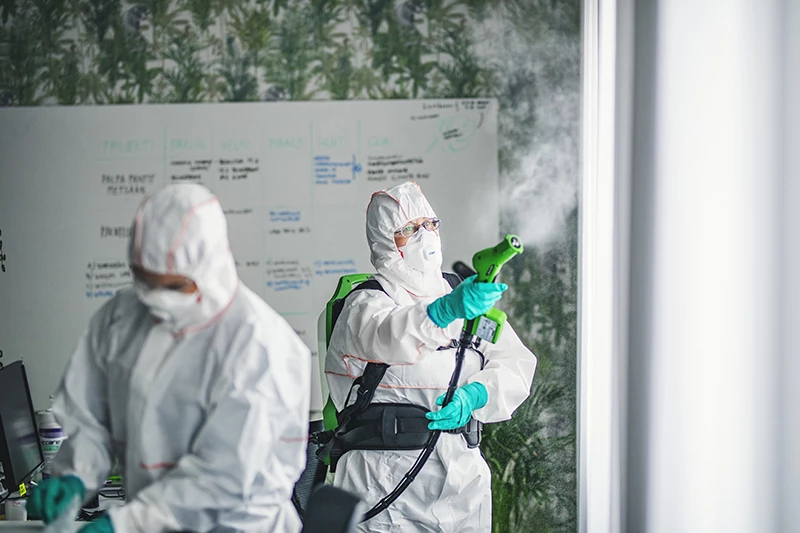Controlling financial risk with FX automation
In the fall, L&T started to feel that its Swedish krone exposure required an increasing amount of manual handling to manage its FX risk, and the company began to explore FX automation solutions to ease that burden.
Before implementing AutoFX, Länsisaari and her treasury colleague Susanna Hovinen would have to monitor the currency accounts each week and manually exchange foreign currencies to EUR when needed.
“We suggested to L&T that they start using AutoFX Liquidity Management to eliminate this time consuming, repetitive task,” says Roope Parmasuo, Nordea Markets’ FX Sales representative who works with L&T. “Now, when the amount of SEK hits a certain threshold, the currency robot automatically sweeps the excess liquidity, and if there are any negative balances, it automatically tops those up. All monitoring, exchange and reporting happens automatically.”
Länsisaari says the move to FX automation has been a welcome change for her team.
“We were surprised by how easy it was to start using AutoFX. Now we don’t need to monitor the currencies each week. We can simply rely on AutoFX working automatically in the background, within the limits we as a company have set. It’s great that we can determine the boundaries and change them if there’s a change in the business,” she says.
What’s more, team members no longer have to remember to do the manual monitoring, and the robot minimises the risk of human error.




